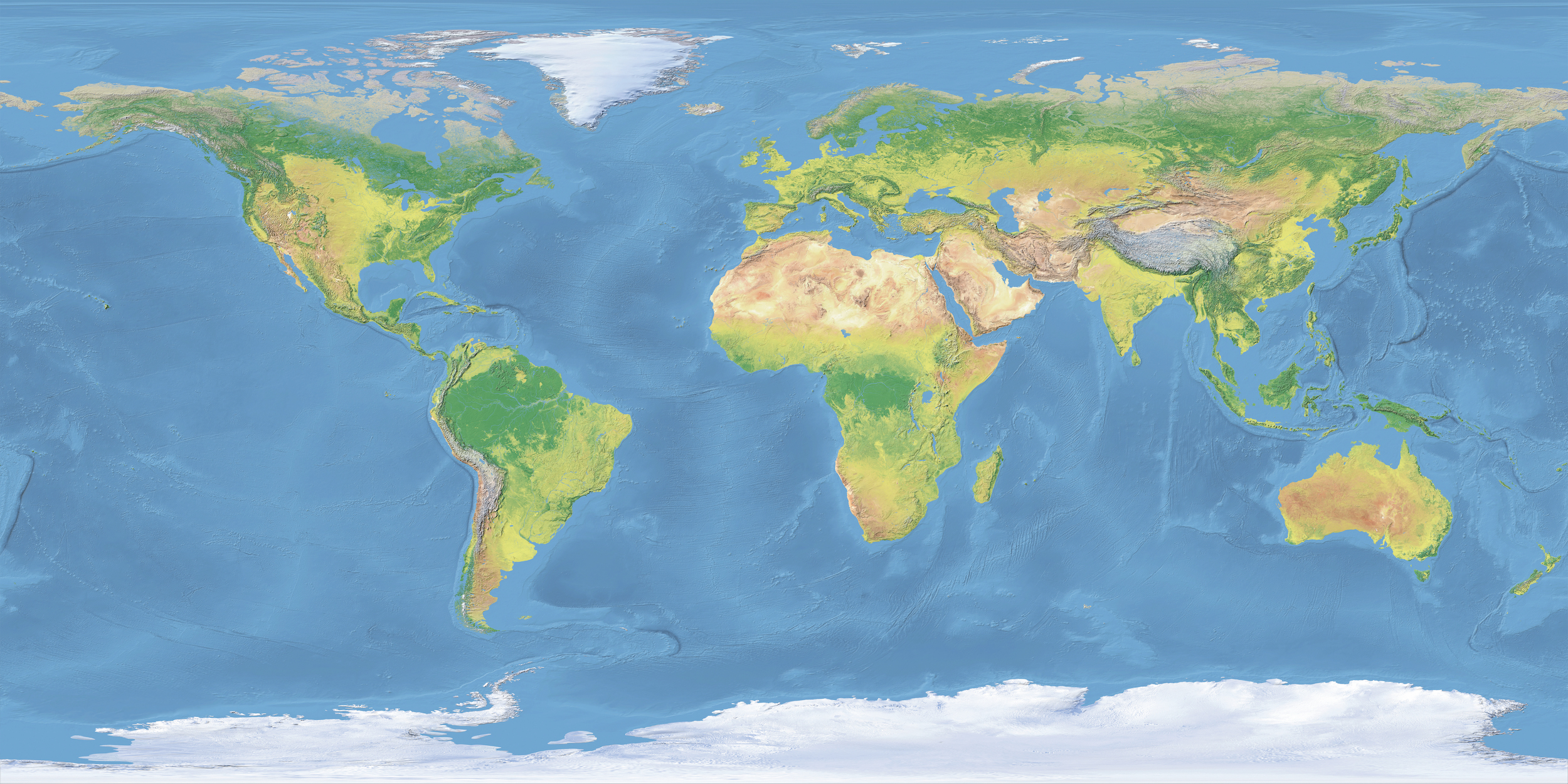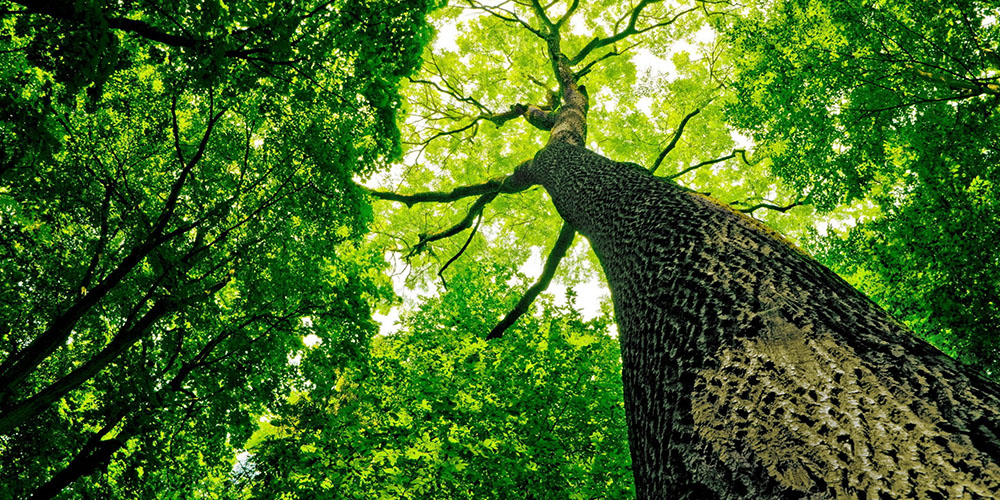Global Goods
Students gain an appreciation for how many natural resources they depend on in their day-to-day lives. By tracing the resources that go into making one item, students learn how its manufacturing can have an impact on the environment.
Objectives
Students will
- Explain how all the different materials that go into making a product ultimately come from natural resources.
- Depict a product’s life cycle, identifying the natural resources—and their sources—used to make the product.
- Describe some of the environmental effects of making or using a product.
For the complete activity and more like this, purchase the Explore Your Environment: K-8 Activity Guide at Shop.PLT.org and/or attend a professional development training in your state.
Explore Your Environment: K-8 Activity Guide is a supplementary curriculum that is multi-disciplinary, with an emphasis on science, reading, writing, mathematics, and social studies.
Each activity displays explicit connections to practices and concepts expected by the following national academic standards so teachers can easily see where the materials will fit into their lesson plans:
- Next Generation Science Standards (NGSS)
- Common Core Toolkit, includes
- English Language Arts (CCSS.ELA)
- Mathematics (CCSS.MATH)
- College, Career, and Civic Life Framework for Social Studies (C3)
Our professional development further demonstrates these connections, as well as to state and local standards, contact your state coordinator.
Chocolate: Sweet Science & Dark Secrets of the World’s Favorite Treat
Chocolate: Sweet Science & Dark Secrets of the World’s Favorite Treat Grades 6-8 ISBN-13: 9780544175662 Houghton Mifflin Harcourt, 2015 Recommended Reading For thousands of years, chocolate has been used as a comfort, a treat, a cure, a currency, and even a sacred symbol. Explore the social, economic, and environmental angles of chocolate production with... Read more »
EE Resources
Story Maps: Why and How You Can Teach With Them
Story Maps are simple web apps that combine interactive maps, multimedia content, and user experiences to tell stories about the world. This introductory story maps workshop explains what story maps are, and why and how you can teach with them. Find and use existing Story Maps in your teaching and learn how to design and... Read more »
NOAA’s Science on a Sphere – Mobile
Download SOS Explorer® Mobile and explore Earth and space from anywhere! Researchers at NOAA developed Science On a Sphere® as an educational tool to help illustrate Earth System science to people of all ages. Show animated images of atmospheric storms, climate change, and ocean temperature to explain complex environmental processes.
Video: Mill Products
“Mill Products.” This 8:37-minute video describe some of the thousands of products made from forests that we use every day and that provide a financial incentive to manage forests. It shows a school’s heating system that is fueled by wood chips, as well as mill operations that make different forest products, paper, lumber, and veneer.... Read more »
Video: How to Make Veneer
“How to Make Veneer.” This 5:37-minute video shows how wood veneer is made from trees and talks about the uses of veneer. It is one of a series of BeLeaf It or Not! videos by Michigan State University Extension, which are geared for students.
Packaging Preferences in the US
57% of consumers are actively taking steps to reduce their use of plastic packaging, according to the 2020 study U.S. Packaging Preferences 2020 released by Two Sides North America, Inc. Through this study, students can explore consumer preferences, perceptions and attitudes toward packaging materials. On top of that, find out about environmental labels on products... Read more »
EnergyKids
Developed by the U.S. Energy Information Administration, EnergyKids provides a wide range of articles and resources about energy. Students can explore energy sources, ways to use and save energy and the history of energy with games and activities that promote learning. Challenge your students with energy-related Suduko, puzzles, crossword puzzles, and word searches!
Challenge Your Eco-Footprint
BillerudKorsnäs, a renewable packaging material organization that specializes in creating sustainable packaging solutions, created this interactive resource titled Challenge your eco-footprint. It helps people understand the differences between types of waste and recyclable materials and how long they remain in the environment. Displayed in the resource is a digital representation of how long it takes for... Read more »
Natural Resource Mapping
National Geographic’s Reading a Resource Map helps students in grades 2-4 investigate the origins of goods that people use. Use it to engage students on the topic of renewable and non-renewable resources and create a map identifying where they come from. Students will learn more about the types of goods and products that come from natural resources.... Read more »
Ag Across America
Ag Across America is an online geography game for grades 3-5. With this game, students will learn more about how farms provide our food, fiber, and energy. The game guides students through a series of video and trivia questions about farms across the U.S. When you answer correctly, players collect items to have on their own... Read more »
Generate: The Game of Energy Choices
Generate: The Game of Energy Choices is a board game from the U.S. Environmental Protection Agency that teaches students about the costs and benefits of the energy choices we make; what happens if the mix of energy sources changes in the future; and what energy choices mean for our climate, air, water, and overall environmental quality.... Read more »
Our Relationship with Energy
Energy makes everything we do possible. In this TEDxMileHighWomen event, energy journalist Joran Wifs-Brock talks about Our Relationship with Energy, or as she explains, the broken relationship. Use this presentation with high school students to help them consider the ways we use energy in our own life and the communication breakdown between flipping a switch... Read more »
Into the Outdoors: Physical Science Fundamentals
Into the Outdoors empowers students and inspires critical thinking with over 150 videos! This video on Physical Science called “Ice Caves of Lake Superior” offers students the chance to understand fundamentals of the field. The video brings students inside Northern Wisconsin’s Ice Caves along the shores of the Great Lakes. Students will learn more about... Read more »
A Guide to the Energy of the Earth
As the demand for energy increases throughout the globe it is sourced through a variety of cycles connecting the sun to our food chain to electricity and beyond. Yet, if energy is neither created nor destroyed, where does it come from? TED-Ed Original lessons feature the words and ideas of educators brought to life by... Read more »
Guide to Responsible Green Camping
Are you worried about children being more familiar with touch screens than with soil, plants, and bugs? It might be time to get the kiddos out camping. This online guide to responsible camping will get you prepared for a green camping trip, including how to pack, how to camp, responsible camping activities, and handy safety and eco... Read more »
STEM Teaching Tools
The University of Washington’s Institute of Science and Math created Practice Briefs. These free articles highlight ways of working on specific issues that come up during STEM teaching. These briefs helps K-12 educators and administrators stay informed on teaching STEM issues, including STEM issues relating to teaching NGSS and implementing meaningful STEM learning. Each brief... Read more »
FoodSpan: Teaching the Food System from Farm to Fork
Resources from The Johns Hopkins Center for a Livable Future introduces students to food-system topics and issues. Explore questions such as: What are the strengths and weaknesses of local food systems? How is our food supply dependent on ecosystems? Find slides, handouts, and other supplemental materials on their FoodSpan: Teaching the Food System from Farm... Read more »
Product Life Cycle Assessment Worksheet
TeachEngineering offers a basic life cycle assessment method that assigns fictional values for different steps in a product’s life cycle. Students can complete a product analysis using this worksheet and then compare product impacts, and brainstorm ways to reduce unwanted environmental effects.
International Carbon Footprint Challenge
International Carbon Footprint Challenge unites high school students worldwide as they calculate their individual footprints using an online “footprint calculator” and post class data on a world map. Students then enter discussions about their footprints and how to work toward solutions to globally shared environmental issues.
Energy Lab
This PBS NOVA series has launched the Energy Lab, where middle and high school students can design renewable energy systems for cities nationwide and compete with other students nationwide. Visit the Energy Lab website to design your own renewable energy system.
A Green Take on A Christmas Carol
Earth Day Carol is a green retelling of Charles Dickens’ A Christmas Carol. In this version, Plastic Bottle Scrooge is visited by the ghosts Plastic Past, Plastic Present, and Plastic Future. You can download the free mobile app to convey the message of “reduce, reuse, and recycle” through animation, pop-up facts, and kid-friendly narration. Most... Read more »
The Anthropocene—Human Impact on the Environment Poster
An epoch is one of the smaller divisions of geologic time. Our current epoch, the Holocene, began about 11,600 years ago. There is evidence that we are entering a new epoch that could be named the Anthropocene because it is marked by extensive human impacts on the environment. This free, downloadable poster explores evidence that... Read more »
Planet Money Makes a T-Shirt
Join National Public Radio’s Planet Money team as they follow the manufacturing of a T-Shirt around the world — from the farms where the cotton is grown to the factories where the shirts are sewn together. This story is told in a 5-chapter story of video clips.
Login to download supporting materials such as appendices and teaching tips.
Login
 Get this Guide
Get this Guide
 Find Training
Find Training


